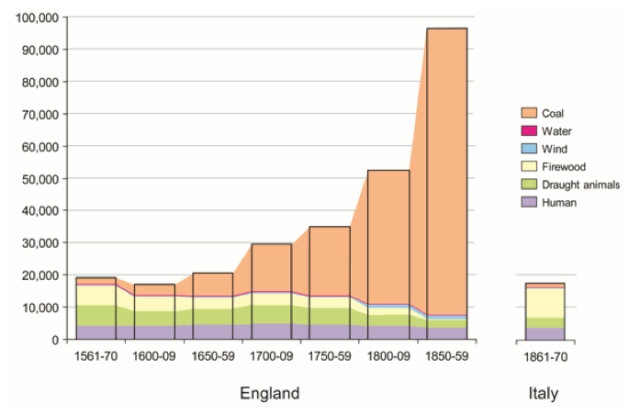Rethinking Renewable Mandates
Powering the world’s economy with wind, water and solar, and perhaps a little wood sounds like a good idea until a person looks at the details. The economy can use small amounts of wind, water and solar, but adding these types of energy in large quantities is not necessarily beneficial to the system.
While a change to renewables may, in theory, help save world ecosystems, it will also tend to make the electric grid increasingly unstable. To prevent grid failure, electrical systems will need to pay substantial subsidies to fossil fuel and nuclear electricity providers that can offer backup generation when intermittent generation is not available. Modelers have tended to overlook these difficulties. As a result, the models they provide offer an unrealistically favorable view of the benefit (energy payback) of wind and solar.
If the approach of mandating wind, water, and solar were carried far enough, it might have the unfortunate effect of saving the world’s ecosystem by wiping out most of the people living within the ecosystem. It is almost certain that this was not the intended impact when legislators initially passed the mandates.
[1] History suggests that in the past, wind and water never provided a very large percentage of total energy supply.

Figure 1. Annual energy consumption per person (megajoules) in England and Wales 1561-70 to 1850-9 and in Italy 1861-70. Figure by Tony Wrigley, Cambridge University.
Figure 1 shows that before and during the Industrial Revolution, wind and water energy provided 1% to 3% of total energy consumption.
For an energy source to work well, it needs to be able to produce an adequate “return” for the effort that is put into gathering it and putting it to use. Wind and water seemed to produce an adequate return for a few specialized tasks that could be done intermittently and that didn’t require heat energy.
…click on the above link to read the rest of the article…